One of the joys of macro photography is getting close to the detail. There's one big drawback though: the closer you get, the more difficult it is to get the whole shot in focus. This often means that only part of a shot is sharp, and often (on very close-up work) the depth-of-field (DOF) is down to millimetres. That's why so many insect shots get thrown away. Focusing is very tricky, and it can take a dozen shots to get one that's usable. There are various ways of improving the situation, the most common being by using a smaller aperture (high F number), so instead of shooting at F/9 macro shots are commonly at F/20 or above. The downside of this is that the smaller aperture lets in less light, so you need a longer exposure. And long exposures lead to camera shake. So it's a perpetual trade-off. Good light helps of course (a ring flash which puts the light on the front of the camera, between the lens and the subject, is ideal), but the limitations are essentially those of physics. With macro shots you are often working at the optical limits of the lens.
There is one other technique that can be used though, called focus (or 'image') stacking. This involves taking several shots all at slightly different focusing points and 'stacking' them together to create a composite. The shots need to be as close to identical as possible, which means the main difficulties are (a) impossible with a moving subject; (b) difficult without a very solid tripod; (c) better if you have a tracking rail attached to the tripod to edge the camera closer to the subject without changing the angle of view.
I don't have a solid tripod (just a very old, very cheap and very flimsy one), and I don't have a tracking rail. And until today I didn't have the necessary software either. I haven't done anything (yet) about the first two, but I did download some free software called CombineZ5, which was recommended by Lord V over on Flickr. If you do download the software you need the .dll file as well. You just put the.dll and .exe files in the same folder, and run it from there.
So long preamble over, here are my initial attempts.
To begin I chose a rose hip. I took three shots in all (I won't include them all):
Shot one. Hip in focus.
Shot three. Withered hip in focus.
Final stacked version, cropped as the fringes of the frame tend to distort.
The next involve seven shots. It's another leaf with water drops. And again you can see from the originals just how narrow the DOF is.
Shot one. Front edge in focus.
Shot four. Middle area in focus.
Shot seven. rear edge in focus.
The final version, stacked and cropped.
There are some good instructions on shooting techniques on this site. The software, once loaded, is very easy to use. You load the images, and select the 'Do Stack' command. It does the rest by itself. That's the kind of progam I like 🙂
Camera note: all shots taken with the Sigma 105mm F2.8 EX DG macro lens. Support by a wobbly and ancient Vanguard tripod. Lighting via a Sigma EM-140 DG ring flash.
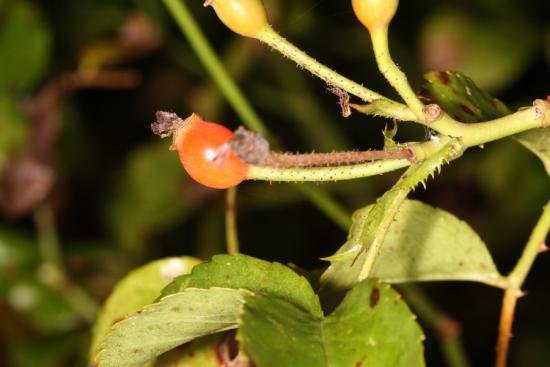
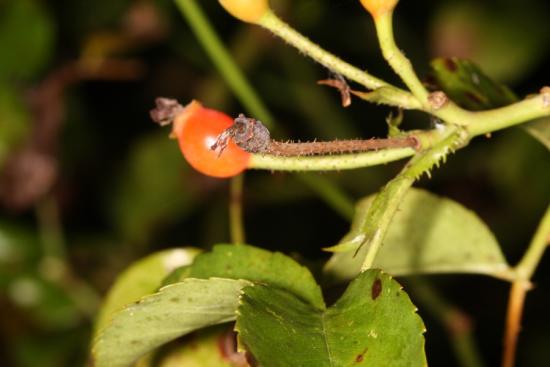
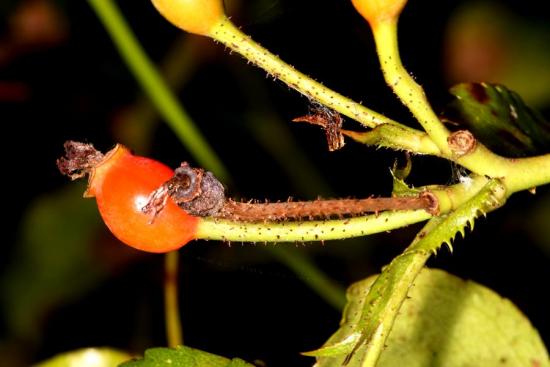
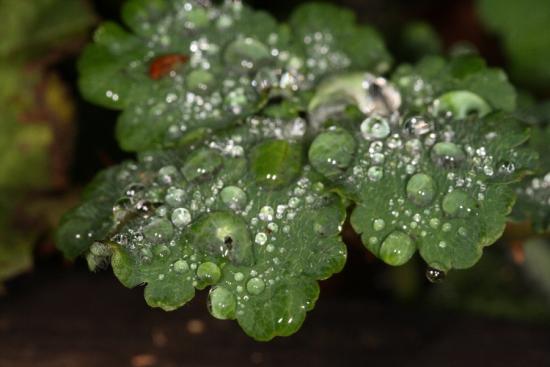
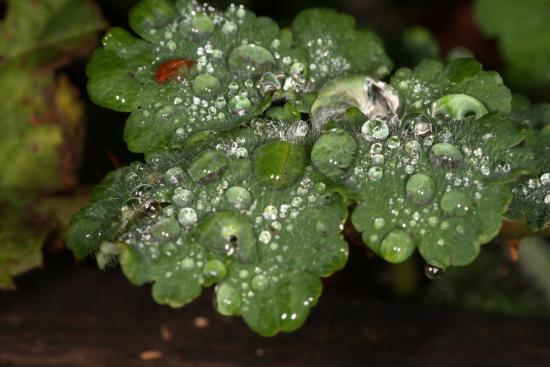
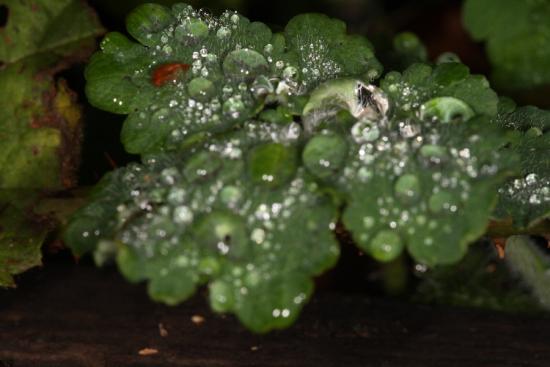
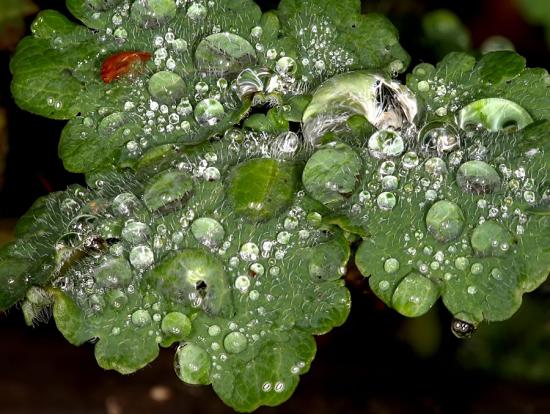
SittingFox
24 Dec 2007That's cool! :up: I have often heard people talking about stacking for astrophotography. I'm yet to try it but it's something I would probably do if I get a telescope 😉
How intelligent is the software about knowing which parts of the picture are in focus?
Words
24 Dec 2007Very, by all accounts. I simply loaded the images and hit the button. It did everything else. It takes a couple of mintues or so to do its thing, but from what I can see on the web it does an excellent job on its own. Very basic interface, no bells and whistles. But it does what it says on the tin (if it had a tin).
gdare
24 Dec 2007Thank you very much for this, I have just downloaded the software and will try it during next few days or so.
Words
24 Dec 2007Oh great! 🙂
Mickeyjoe-Irl
24 Dec 2007Thanks for this look "behind the scenes" 🙂
Flying Red Fox Blog
24 Dec 2007Thats brilliant:D Very interesting and the last pic is awesome you can see the hairs on the leaf aswell :yes:
Merry Christmas Words, we better get to sleep before Santa comes, very tricky as iam excited hehe:P
Vulpes vulpes
25 Dec 2007Fascinating stuff!!
chthoniid
26 Dec 2007Good stuff- by way of coincidence I have a good tripod (the Cullmann 3335, which is optimisied for macro work), and a macro rail. I picked the macro rail up second hand.
Not sure how often I'd be able to use stacking, but it's always good to have one more tool if the need arises (possibly err, with a staged shot using a preserved/dead creepy-crawly).
Words
26 Dec 2007The real test for stacking will be when the insects are around, but it's an interesting technique and a heck of a lot easier than I expected.
Brendan: staged shots are the way to go. I saw some magnifcent ant 'stacks' a while ago. They were done by leaving a small amount of honey on the ground. It kept the ants sufficiently interested for long enough to get several frames done.
Dudley
27 Dec 2007Great info! Thanks for sharing.
anonymous
27 Dec 2007Nikki writes:
Thanks for posting this!
Words
27 Dec 2007Glad it was of use!
zetorres
6 May 2008Wow! great work, Words. Thanks. :up:
ojsnascimento
30 Nov 2008I didn't knew this was possible. Great post, Words. Thanks !
Words
30 Nov 2008Clever, isn't it 😉